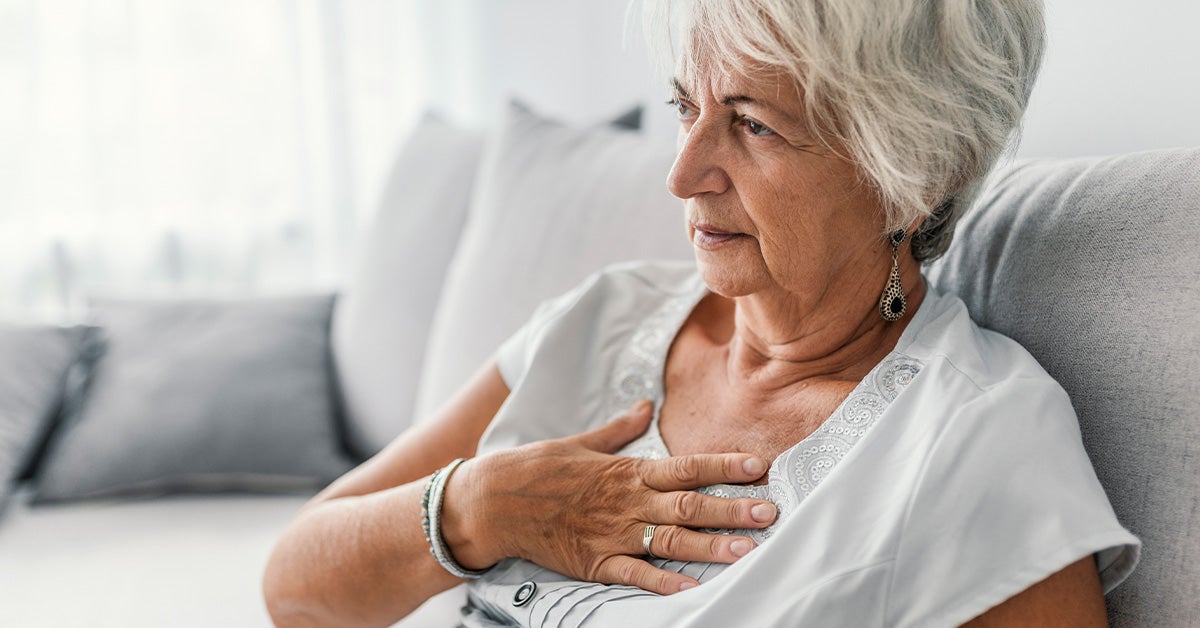
A pneumothorax is air that is trapped between a lung and the chest wall. While chest pain isnt on the NHS list of COVID-19 symptoms its listed as a serious symptom of the virus by the World Health Organisation WHO along with difficulty breathing shortness of.

The discomfort also can occur in your shoulders arms neck jaw or back.
Small chest pains. Chest pain is only one of the possible signs of an impending heart attack. If you notice one or more of the signs below in yourself or someone else call 911 or your local emergency number right away. Uncomfortable pressure squeezing fullness burning tightness or pain in the center of the chest.
Overview of small chest pain. Angina is chest pain or discomfort caused when your heart muscle doesnt get enough oxygen-rich blood. It may feel like pressure or squeezing in your chest.
The discomfort also can occur in your shoulders arms neck jaw or back. Angina pain may even feel like indigestion. But angina is not a disease.
Chest pain may arise and subside every few minutes or over several days. The cause may be related to the heart the muscles the digestive system. While most heart and chest pain occur in the area behind the breastbone cardiac pain may also radiate down your arms back shoulders and neck.
Chest pain related to the heart is also described. Chest pain is an important symptom to recognize because chest pain can be a sign of heart attack. And while having chest pain does not necessarily mean you are having a heart attack and in fact most people who go to the emergency room with chest pain are not having a heart attack chest pain is nevertheless not something to ignore.
Chest pain symptoms Possible cause. Starts after eating bringing up food or bitter tasting fluids feeling full and bloated. Starts after chest injury or chest exercise feels better when resting the muscle.
Chest sprain or strain. Triggered by worries or a stressful situation heartbeat gets faster sweating dizziness. Chest wall pain is very common in people seen by doctors for chest pain and is only rarely caused by a serious medical problem.
In the large majority of cases it is relatively easy for an attentive physician to diagnose the cause of chest wall pain and to recommend appropriate treatment. A pneumothorax is air that is trapped between a lung and the chest wall. The air gets there either from the lungs or following chest wall injury from outside the body.
A pneumothorax typically causes sudden sharp stabbing chest pain on one side. The pain is usually made worse by breathing in and you can become breathless. They seem to be fairly random but will happen somewhere between 30 seconds to a few minutes apart.
It feels like a tiny explosion in my chest in the way it is a sudden burst of pain that quickly subsides in about 2 to 4 seconds. It does not seem to be connected with my breathing or body position. Inflammation of the joints between the ribs and cartilage or between the sternum and clavicles causes pain in center of chest.
The pain is sharp and stabbing. It is made worse with movement deep breathing or exertion. The pain can be localized or sometimes diffuse over a larger area.
While chest pain isnt on the NHS list of COVID-19 symptoms its listed as a serious symptom of the virus by the World Health Organisation WHO along with difficulty breathing shortness of. Angina is chest pain or discomfort caused when your heart muscle doesnt get enough oxygen-rich blood. It may feel like pressure or squeezing in your chest.
The discomfort also can occur in your shoulders arms neck jaw or back. Angina pain may even feel like indigestion. Chest pain and anxiety are really good friends so I can tell you right now that this chest pain is probably not a heart problem but you still have to get checked by a doctor.
Dozens of people I know rushed over to the hospital convinced that they are having a heart attack but it turned out to be only a panic attack.